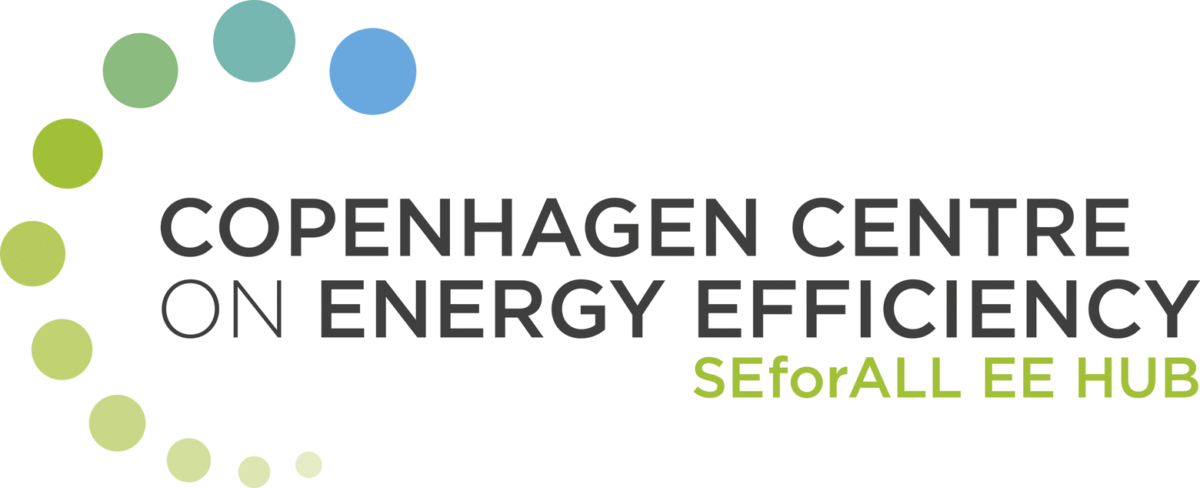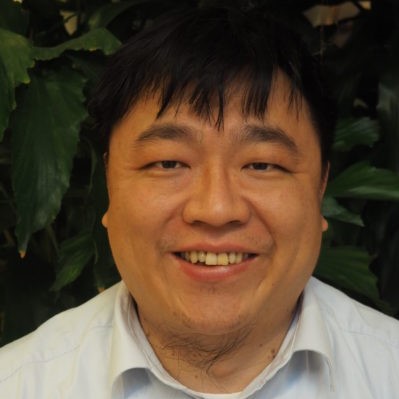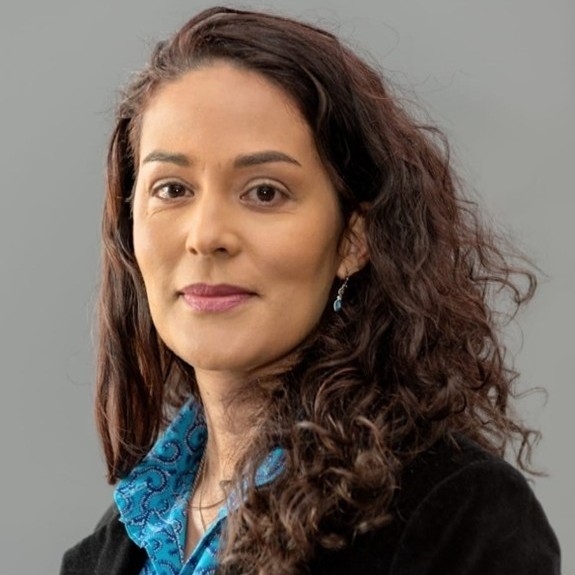Day 3: Practical Implementation & Capacity Building for Architects & Engineers
- Session 1: Integrated building performance design for green buildings
- Session 2: Implementation examples of green building tool EGDE and building resilience tool BRI in Zambia and Mauritius
- Session 3: Implementation example of green buildings in Lusaka, Zambia
- Session 4: Interactive Discussion
The final day of the virtual training on building energy efficiency, part of the Global Platform for Urban Climate Neutrality (GPUC), focused on translating knowledge into practical implementation. The initiative, supported by Denmark’s Ministry of Foreign Affairs and the German Energy Agency, aims to accelerate energy efficiency and carbon neutrality in cities across emerging economies. The training brought together experts and participants from Zambia, Mauritius, and beyond, highlighting the importance of integrated design, policy frameworks, and financial tools in achieving sustainable urban development.
The sessions featured in-depth presentations from experts, including Zulun Chen (UNEP-CCC), Lenore Cairncross (IFC), and Li Hui (China IPPR). Chen emphasized the need for integrated building performance design, showcasing how simulation tools and climate-adaptive strategies can optimize energy and water efficiency. He illustrated how passive and active design measures, when tailored to local climates and supported by green certification systems like LEED and BREEAM, can significantly reduce emissions and improve indoor environmental quality.
Cross introduced the EDGE and Building Resilience Index (BRI) tools developed by IFC. EDGE, designed for emerging markets, helps mainstream green buildings by offering a cost-effective certification process focused on energy, water, and material efficiency. BRI complements this by assessing buildings’ resilience to climate hazards. Case studies from Zambia and Mauritius demonstrated how these tools are being applied to support sustainable construction and attract green finance, with measurable benefits in cost savings, marketability, and climate adaptation.
Li Hui presented the Levy Mwanawasa University Teaching Hospital project in Lusaka, Zambia, as a flagship example of green hospital design. The project integrated modern medical functionality with sustainable design principles, including passive ventilation, daylight optimization, and cultural sensitivity. Through simulations and strategic planning, the hospital achieved energy efficiency while maintaining high standards of healthcare delivery. The project’s success underscores the potential for replicating such models across similar contexts in Africa and beyond.
Share this
Sector: Buildings
Country / Region: Mauritius, Zambia
Tags: climate resilience, energy efficiency, green buildings, Simulation, sustainabilityIn 1 user collection: C2E2 Webinars
Knowledge Object: eLearning
Publishing year: 2025
Content:




